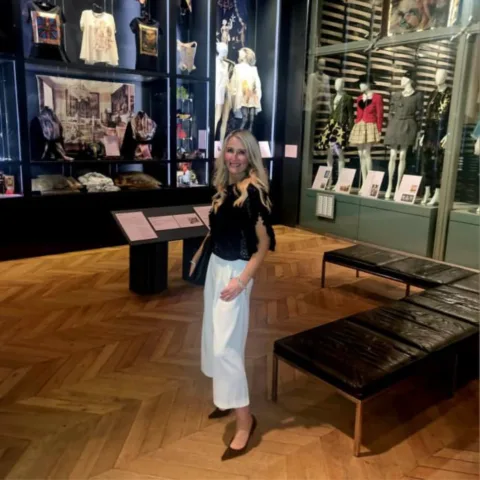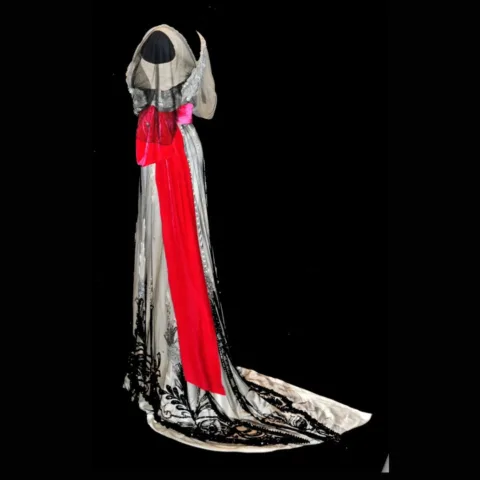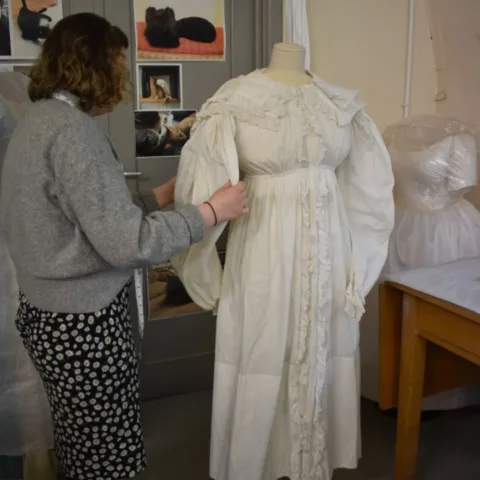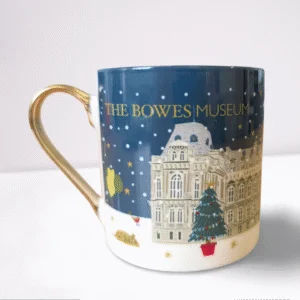The Bowes Museum Blog

Shoes: Controlled Commodity
Shoes form a vital part of our daily lives. Sometimes they are worn for practical purposes, other times for stylistic reasons, but most shoes are selected to suit our work and lifestyle needs.
The Fashion and Textile Collection at The Bowes Museum houses around 200 pairs of shoes. These are eclectic and wide ranging, including a pair of men’s First World War army boots from 1914, and an impressive pair of ice skating boots worn by Empress Eugenie, the last consort of the French, in 1855.

Standard issue army boots, 1914 [CST.1664]

Empress Eugenie’s ice skating boots, 1855 [CST.139]
Along with rationing, the ‘Make Do and Mend’ scheme was a pamphlet prepared for the Board of Trade by the British Ministry of Information. This provided households with tips and advice on how to make the most of items in one’s wardrobe; patching, adapting one item into another, darning and altering.

Make Do and Mend pamphlet [2014.6/TEX]
Green suede shoes, utility mark CC41 stamped on sole [CST.2.489]
In our collection we have a pair of green suede and leather Delta Utility shoes from 1942, with the Utility mark ‘CC41’ stamped on the sole. ‘CC’ stood for Controlled Commodity which confirmed an item met the government’s regulations. These green suede shoes are typical of the period; durability was an important selling point. Along with the green suede shoes we have a Utility suit from 1941 and Utility corset from 1945 which were similarly designed for durability and practicality. Both the shoes and suit are on permanent display in our Fashion & Textile Gallery.

Utility suit [CST.1.817 A+B]

Utility corset with controlled commodity stamp [CST.852]
– The Conscription of Fashion: Utility Cloth, Clothing, and Footwear, 1941-1952, Christopher Sladen
– Fashion on the Ration: Style in the Second World War, Julie Summers
Hannah Jackson, Assistant Curator of Fashion & Textiles







